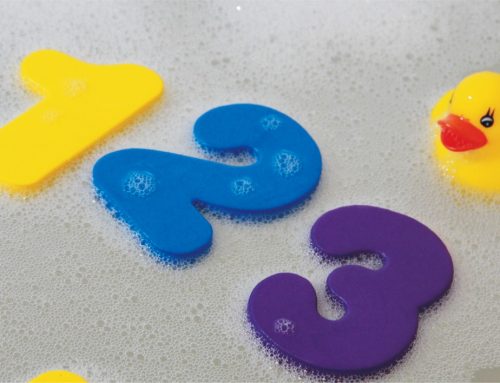The Healthy Babies, Healthy Children Program:
This provincial program is offered by the Niagara Regional Public Health Unit to help children and their parents or caregivers to get babies off to a healthy start. InNiagara, approximately 98% of mothers are contacted through this program as early as possible after birth.
Early Years – Family Resource Centres funded by the Provincial Early Learning Program
There are 16 Ontario Early Years sites and 5 drop-in Resource Centres across Niagara to support parents/caregivers and children 0 – 6 years of age. In 2010, 4,483 parent/caregivers and 6,064 children visited the centers across Niagara (an increase of 353 children over 2009).
http://www.earlyyearsniagara.org/Niagara_Best_Start_Community_Integrated_Plan_Feb__72006(1).pdf
Early Years Niagara Planning Council:
More than thirty committees in Niagara work in collaboration with the Early Years Niagara Planning Council (EYNPC). These committees include the Best Start Child & Family Centre Reference Group, HUB Committee, Niagara Aboriginal Planning Council and the Niagara Best Start Francophone Advisory Group, to assist with planning and needs identification of these special populations. These agency partnerships increase efficiency and effectiveness in meeting the unique needs of families in specific communities.
Online parent survey, 2011:
In the spring of 2011 the Early Years Niagara Planning Council launched an online parent survey. A total of 1011 surveys were completed (93 paper and 918 online) representing 1521 parents of 1521 children from across Niagara. The types of services being used mostly were: health and dental; child care and physical activity and recreation services.
Parents gave suggested improvements to assist in further planning:
- Increase availability and uptake of services.
- Decrease program costs, increase access to subsidies and increase free programming.
- Increase access and outreach of services, improve coordination of services and increase neighbourhood resources.
- Increase parental involvement with their children and their children’s education.
Source: Niagara’s 2011 Online Parent Survey
http://www.earlyyearsniagara.org/assets/Uploads/Pdfs/resources/Online-Parent-Survey-Summary-Aug-2011.pdf
Licensed child care spaces in Niagara:
In 2010, there were 8,985 licensed child care spaces in Niagara (an increase of 825 spaces over the previous year), with care provided by 83 service providers at 183 child care sites (147 infant, 774 toddler, 2,980 preschool JK/SK, and 3,537 school age). Of these, 4,999 had fee subsidies, many of which were for 2,945 children considered to be in low-income families. Each year, the number of licensed child care spaces has increased and been needed inNiagara. There were 1,589 spaces for children with special needs in 2010.
Table 11.1 Child Care Spaces in Niagara 2003-2010
| 2003 | 2004 | 2005 | 2006 | 2007 | 2008 | 2009 | 2010 |
| 5,977 | 6,333 | 6,870 | 7,195 | 7,870 | 8,058 | 8,160 | 8,985 |
Source: Niagara Children’s Services Year End Reports 2003-2010
At the end of 2009, 250 children were on the waiting list for subsidized child care and no one on the waiting list 6 months into 2011. Niagara had 22% of available spaces subsidized 2007-09, well above provincial average.
Source: Niagara Region Children’s Services 2009, 2010, 2010-2011 Year End Reports
Table 11.2 Percentage of available spaces that are subsidized in Niagara compared to other areas.
| 2007 | 2008 | 2009 | |
| Niagara | 22% | 22% | 22% |
| Toronto | 42% | 43% | 43% |
| Hamilton | 29% | 31% | 29% |
| Windsor | 17% | 18% | 18% |
| Waterloo | 23% | 23% | 25% |
| MEDIAN | 17% | 21% | 19% |








